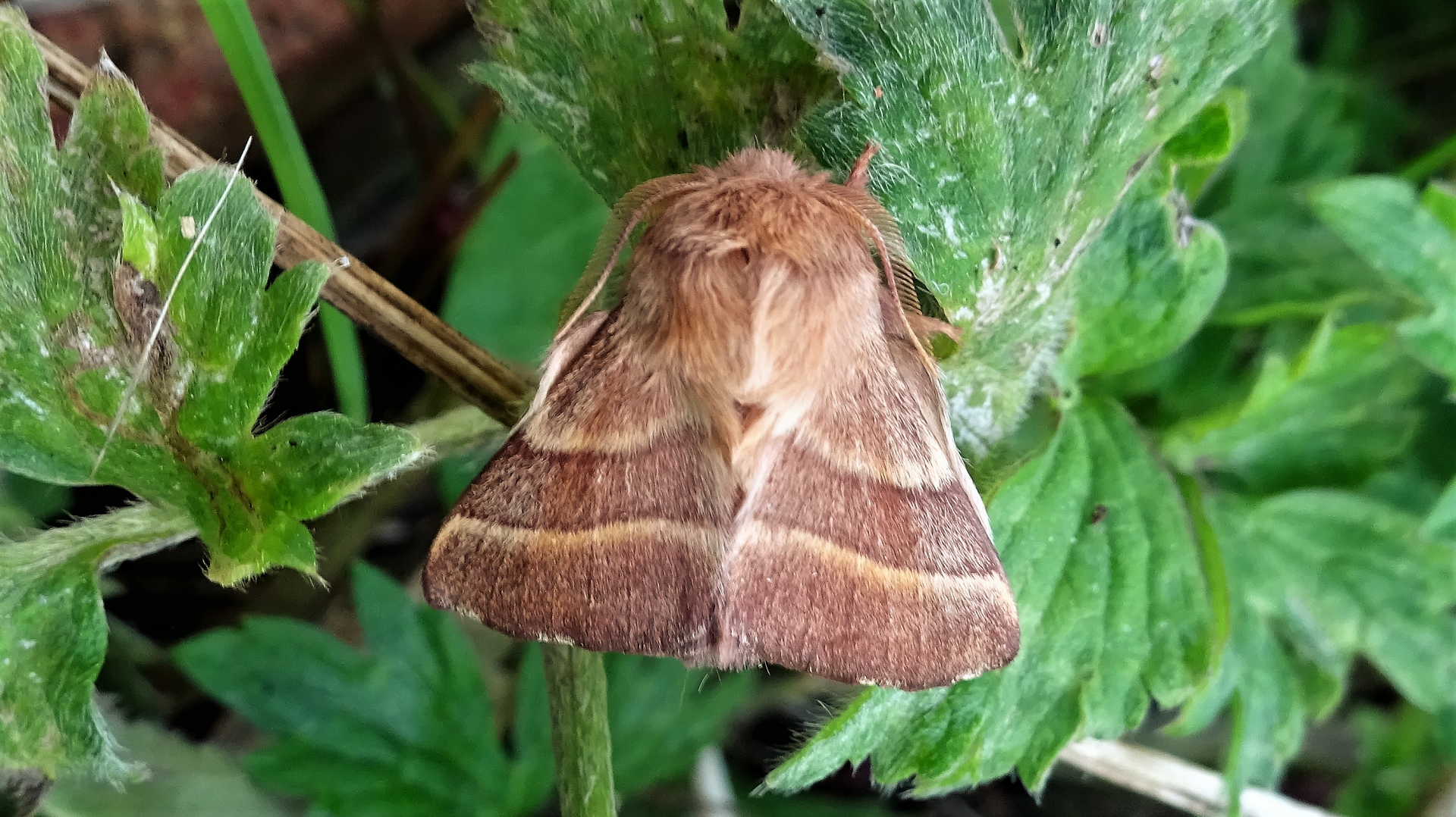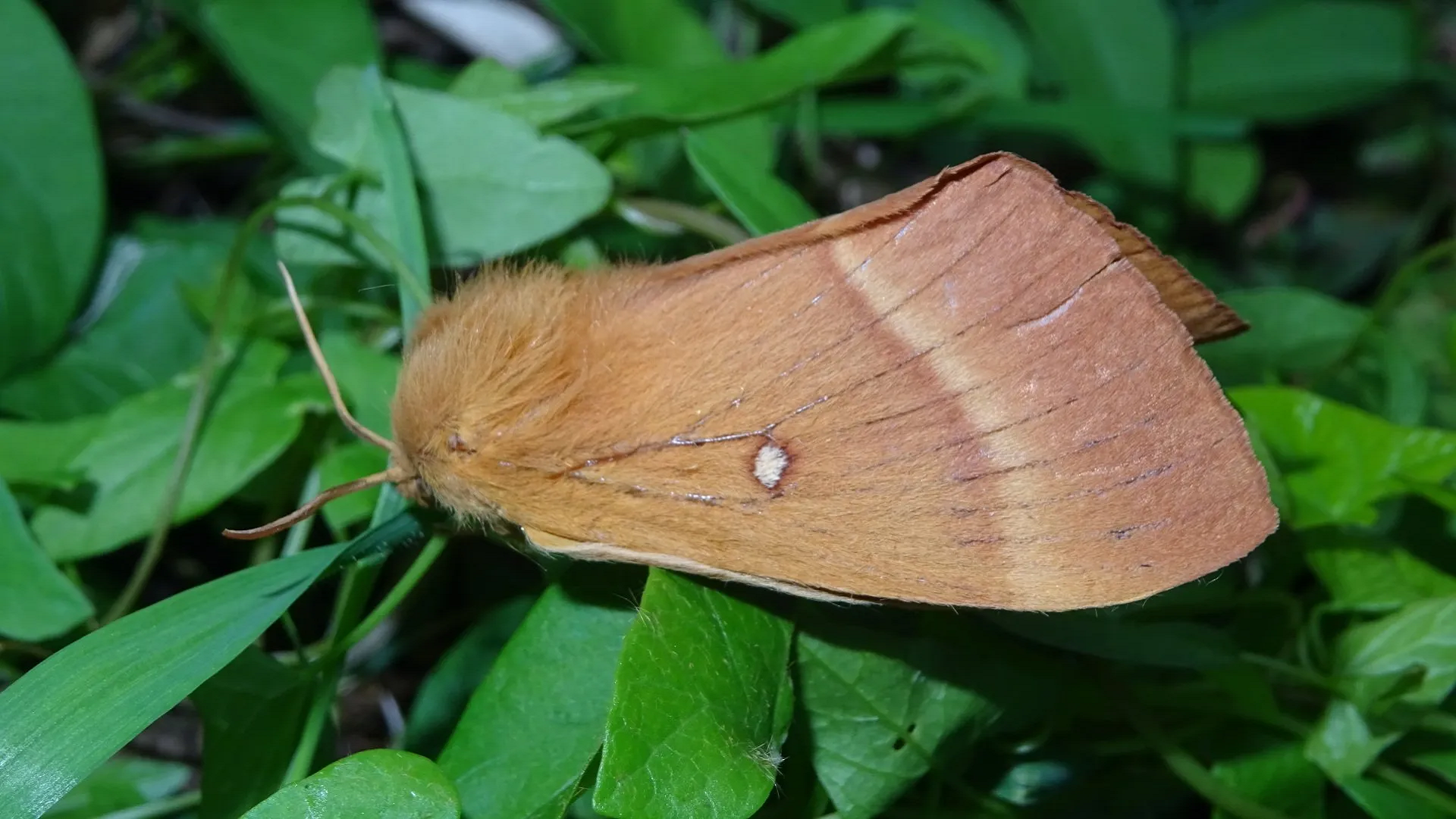Moths are a group of insects that includes all members of the order Lepidoptera that are not butterflies. They are an important part of the food chain providing a vital food source for birds and bats.
54.008
Six-spot Burnet Zygaena filipendulae
Common species found in grassland habitats during the summer months where its foodplant Bird's-foot Trefoil grows.
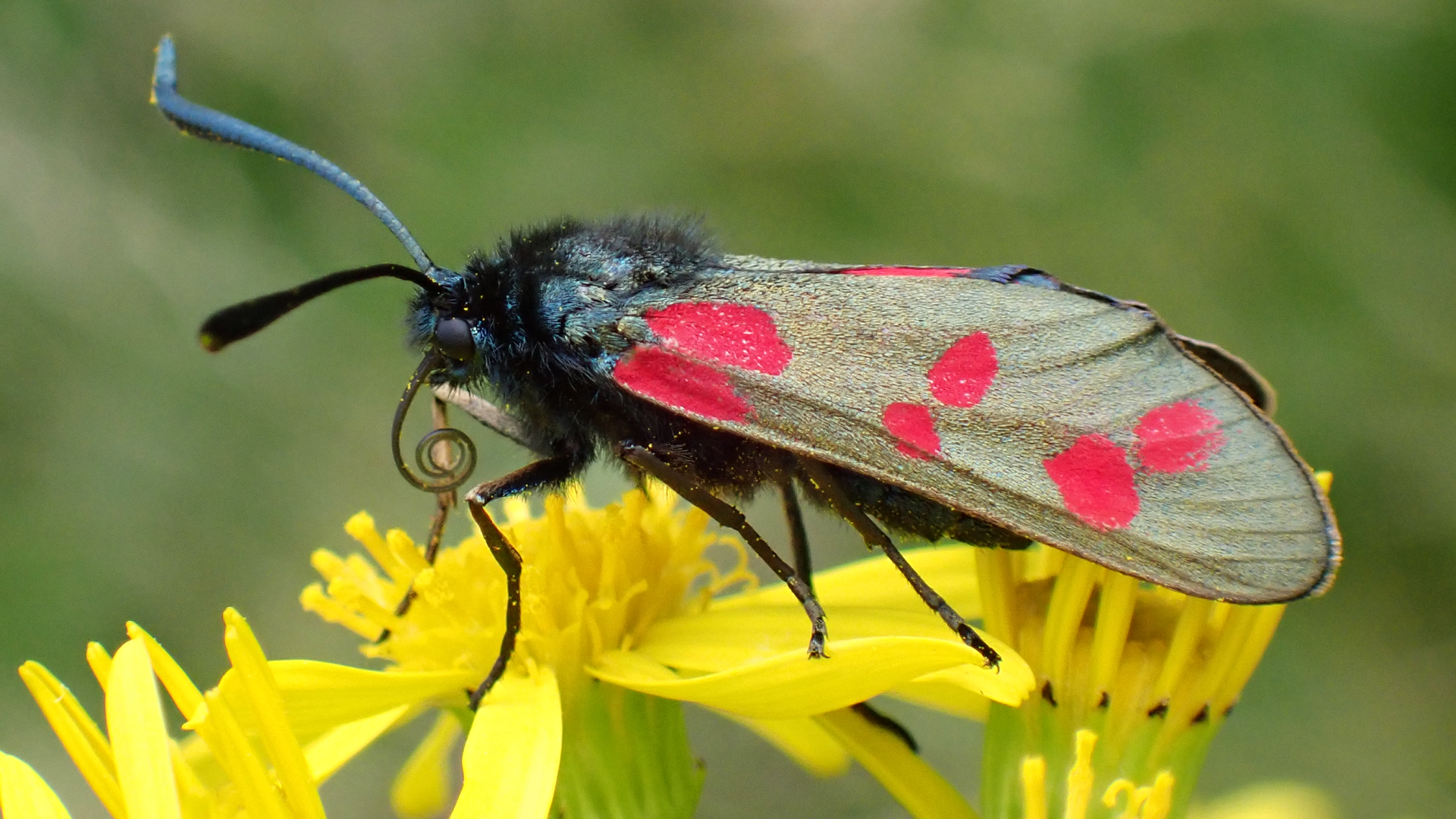

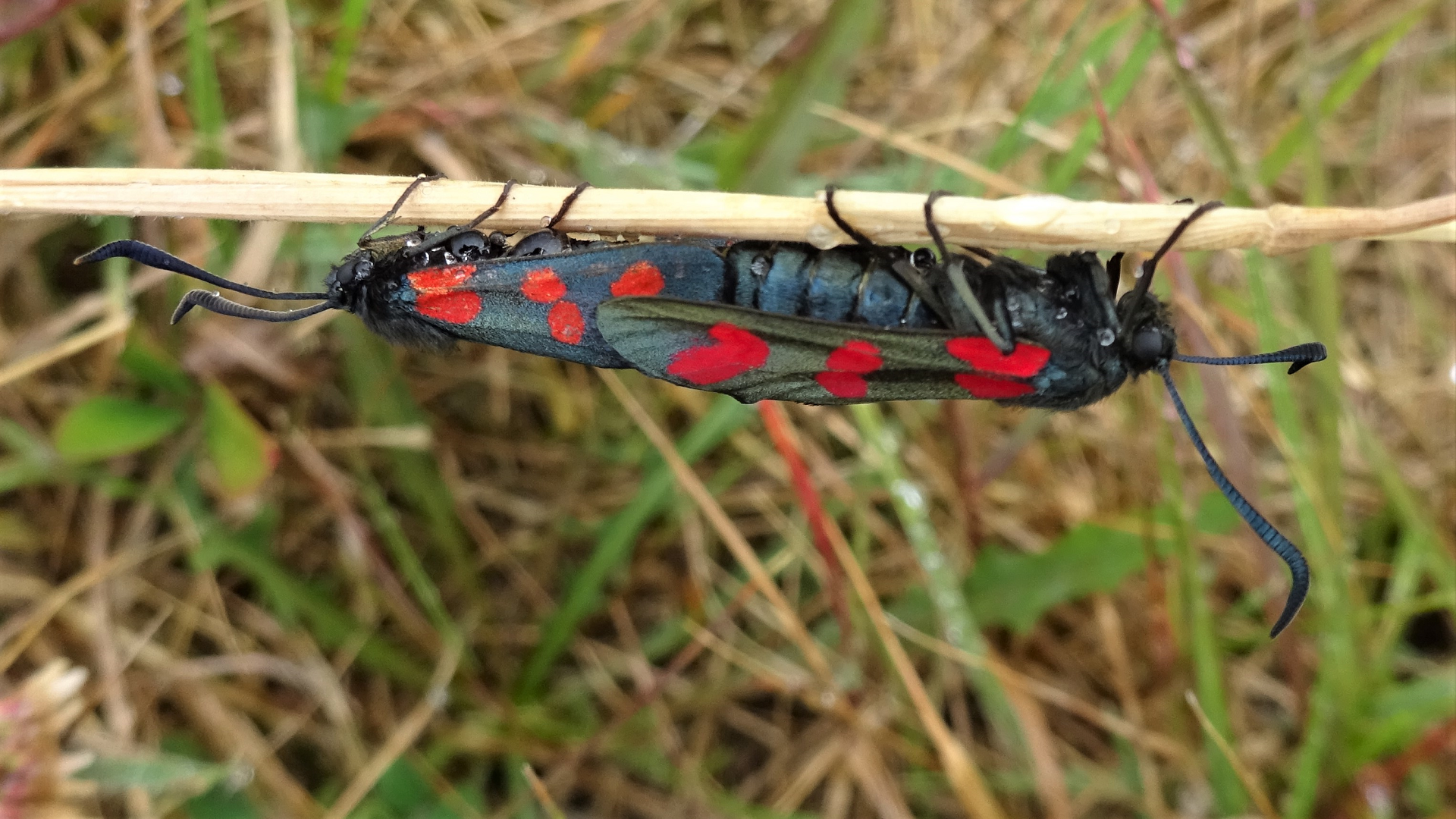
#
65.002
Oak Hoop-tip Watsonalla binaria
Frequents heathland, woodland and grassland where oak grows. Males fly high around oaks during the day and night from May to September in two generations. The larvae feed on Pedunculate, Sessile and Turkey Oak. This species belongs to the family Drepanidae which has two sub-families - the Drepaninae and the Thyatirinae. The Drepaninae have broad wings and slender bodies and out of the seven species found in Britain, six have prominent hooked tips on the forewings.
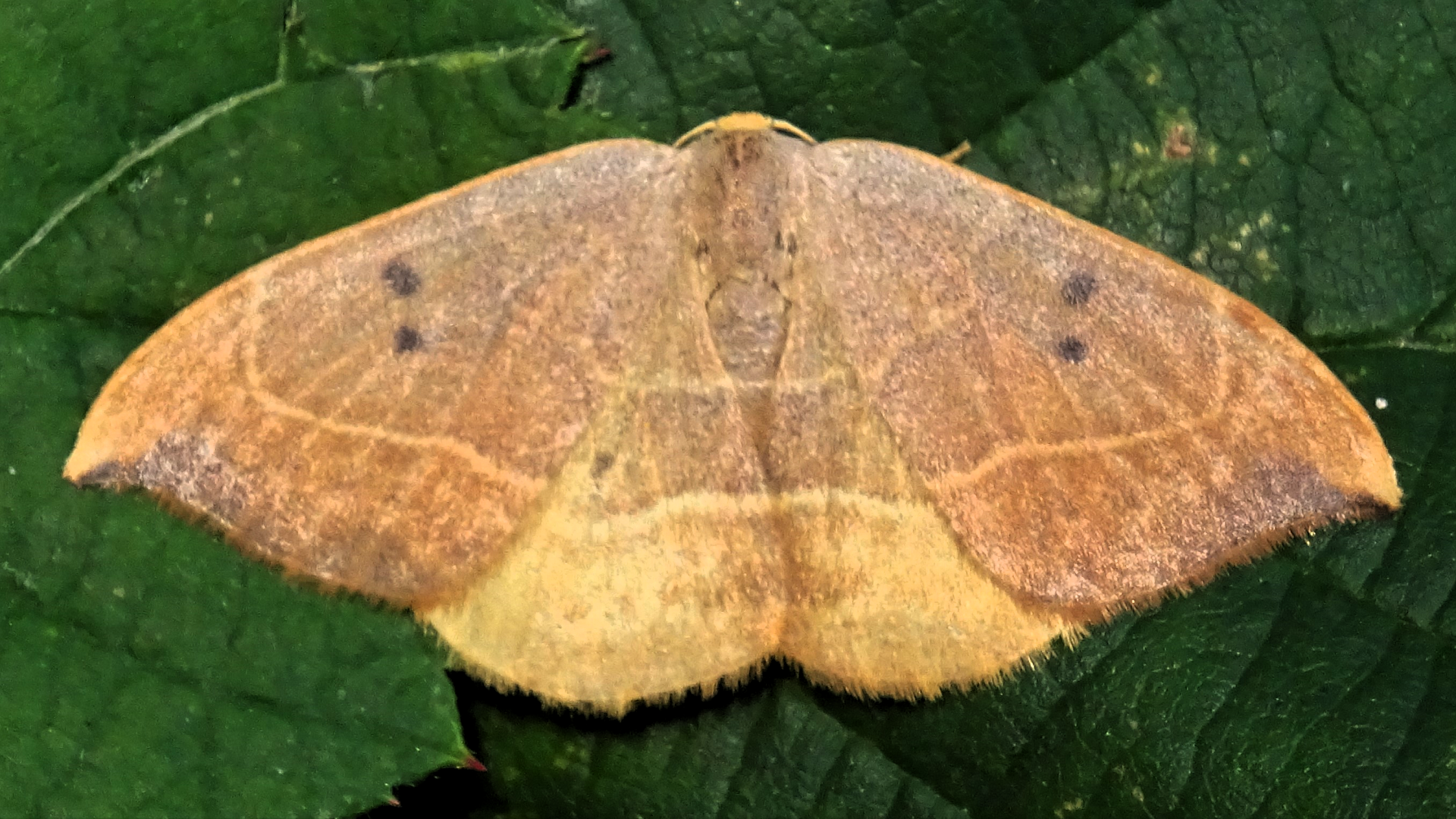
#
65.007
Chinese Character Cilix glaucata
A small moth that can easily be mistaken for a bird dropping when at rest. Its name is due to silvery markings on the wing resembling a character in the Chinese alphabet. Larval foodplants include Blackthorn, Hawthorn and Crab Apple. This species belongs to the family Drepanidae which has two sub-families - the Drepaninae and the Thyatirinae. The Drepaninae have broad wings and slender bodies and this is the only one out of the seven species found in Britain that does not have prominent hooked tips on the forewings.
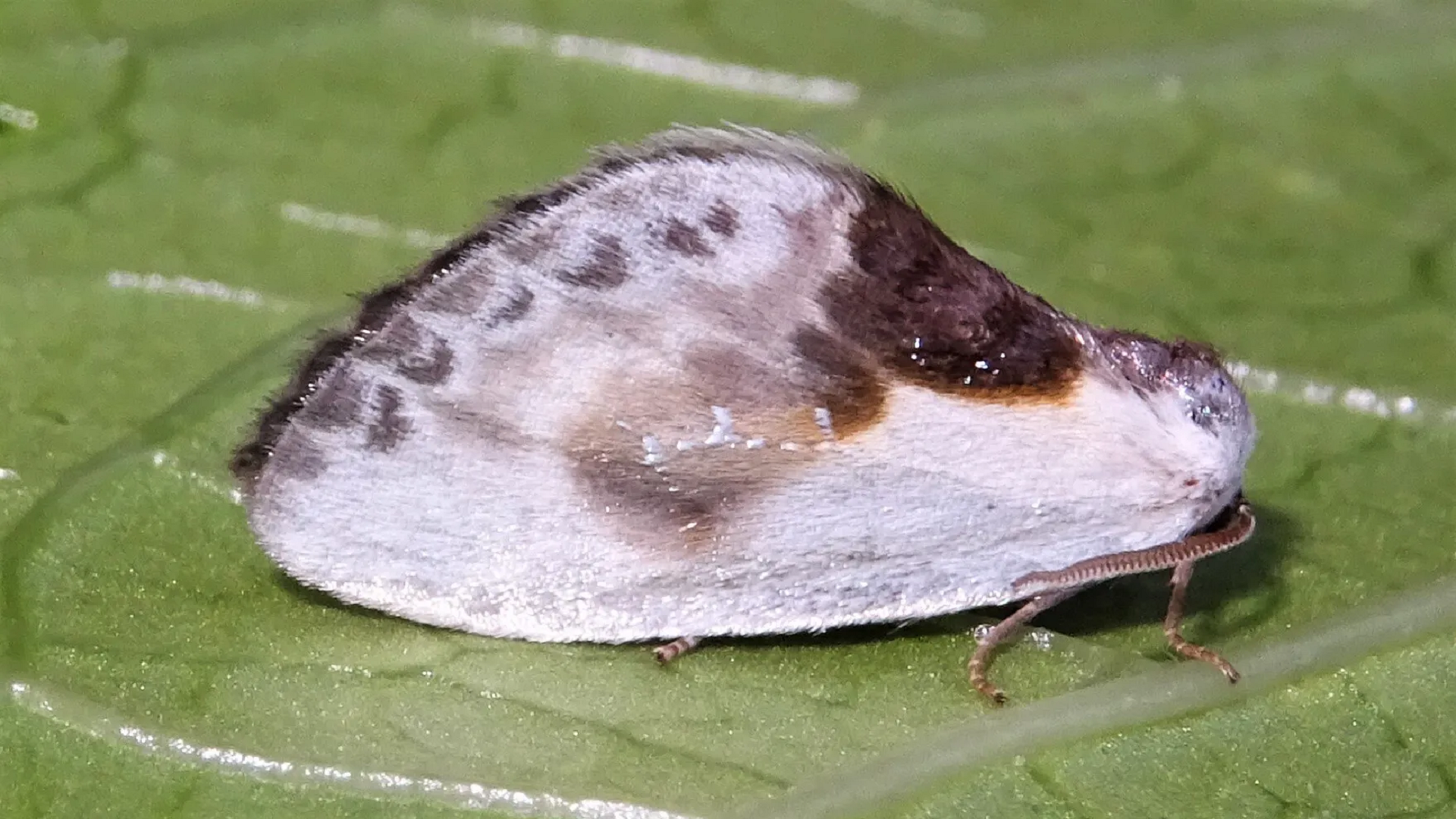
#
66.003
Lackey Malacosoma neustria
A common species. Females lay a ‘band’ of eggs around twigs which overwinter before hatching. The brightly coloured caterpillars live gregariously in silk spun webbing. They grow quickly eventually measuring over 5cm long. Foodplants include Hawthorn, Blackthorn, Goat willow and a range of other trees and shrubs.
#
66.007
Oak Eggar
Lasiocampa quercus
A large attractive moth that has a wingspan up to 75mm. It does not feed on oak; the name is derived because the cocoon is acorn-shaped. Males are daytime flyers, whereas females are nocturnal. The picture above is a female. Members of the family Lasiocampidae are sturdy medium-sized or large moths that typically have brown or yellowish wings. The forewings usually have a central spot or cross-lines. The males have wide feathery antennae which are used to detect pheromones released by females.
#
66.010
Drinker Euthrix potatoria
Nocturnal species that possesses splendid feathery antennae. The large hairy larvae go into hibernation during October and start feeding again from April to June. They drink drops of dew from plants which is how their common name came about.
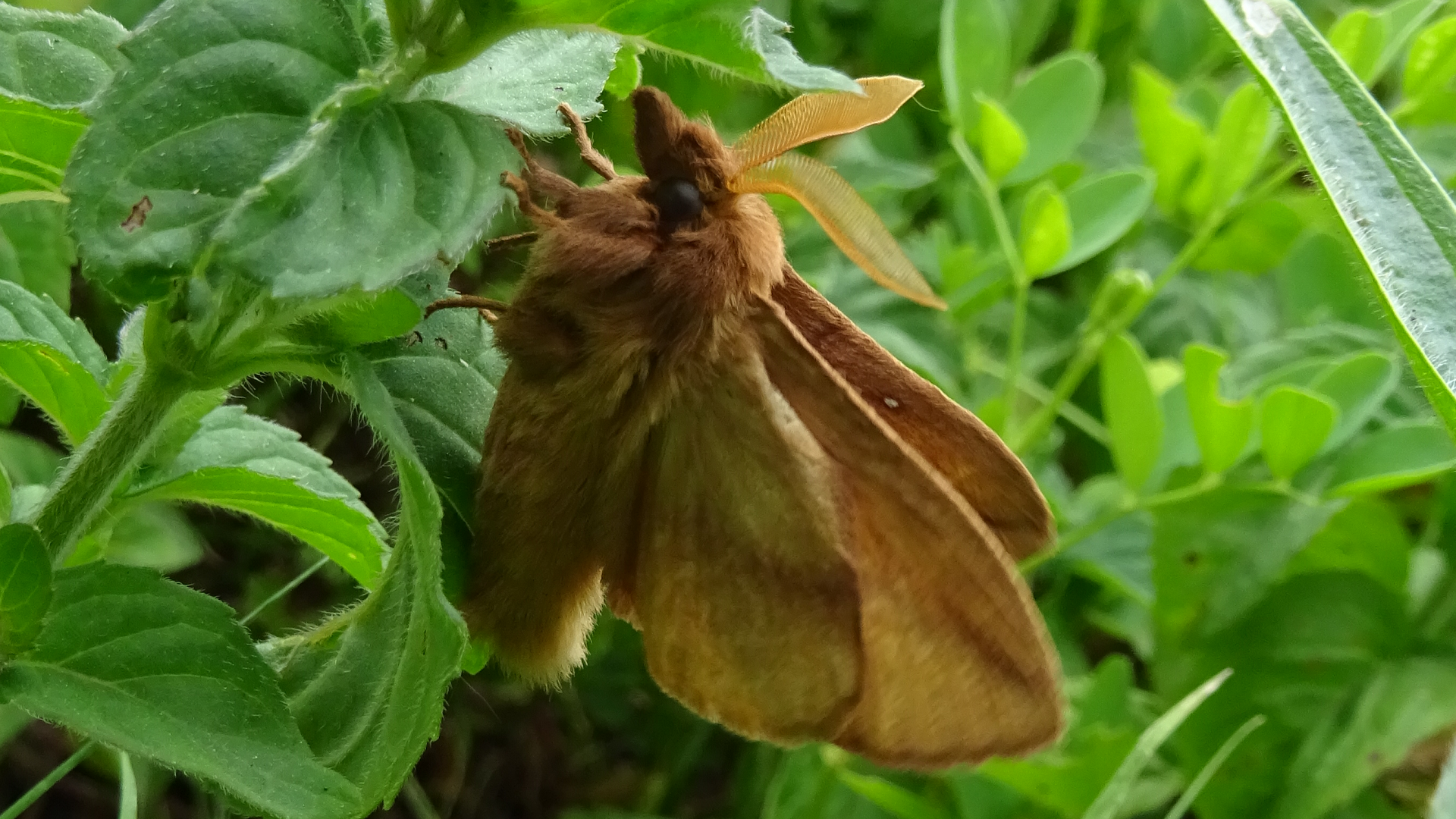
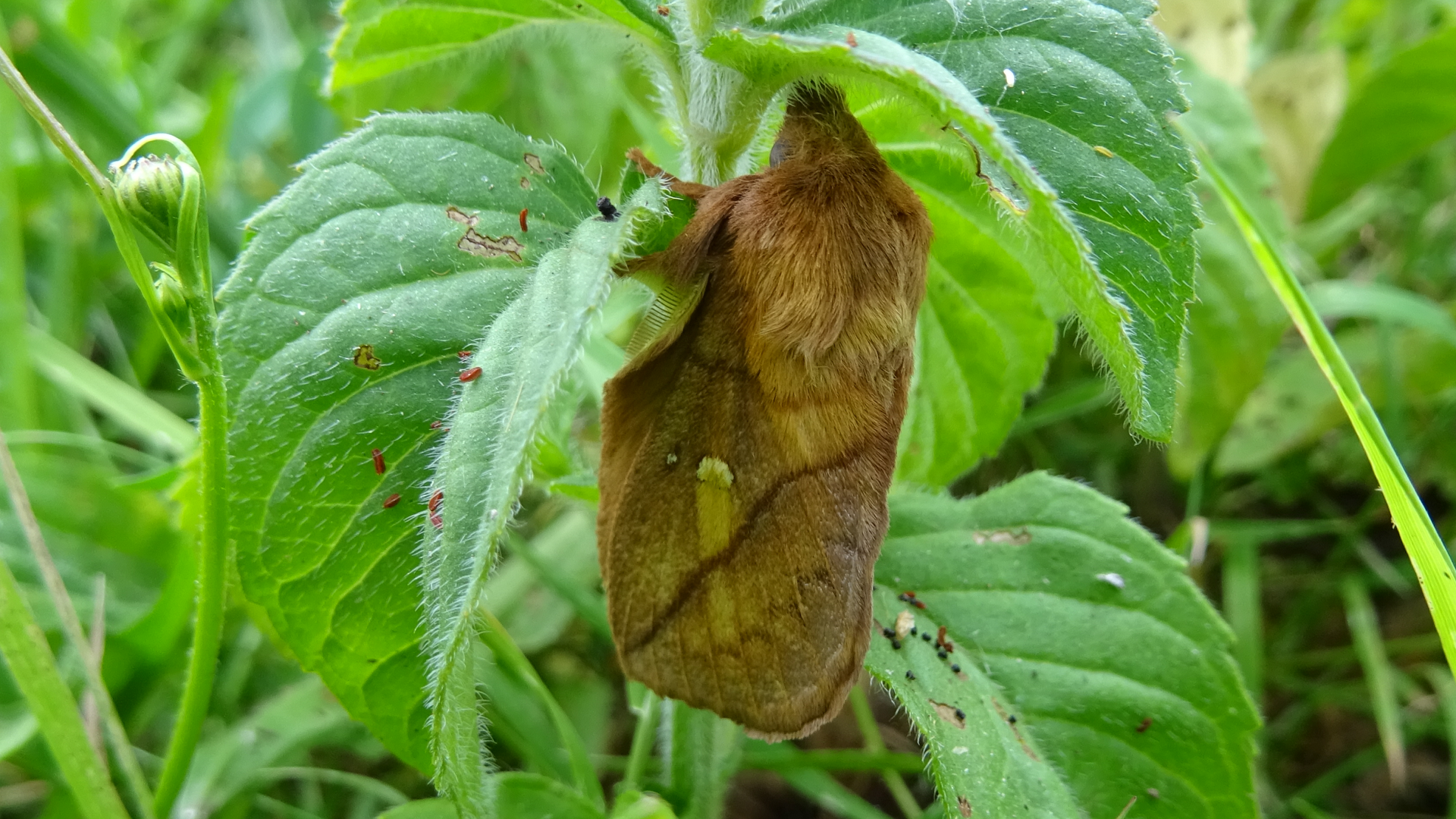
#
68.001
Emperor Moth Saturnia pavonia
When it comes to beauty the Emperor Moth reigns supreme. It is a widespread moth that frequents hedgerows, woodland and heathland, but is rarely seen. Males have bright orange hindwings and fly during the day. The slightly larger females are greyer and fly at night. This species is on the wing during April and May.
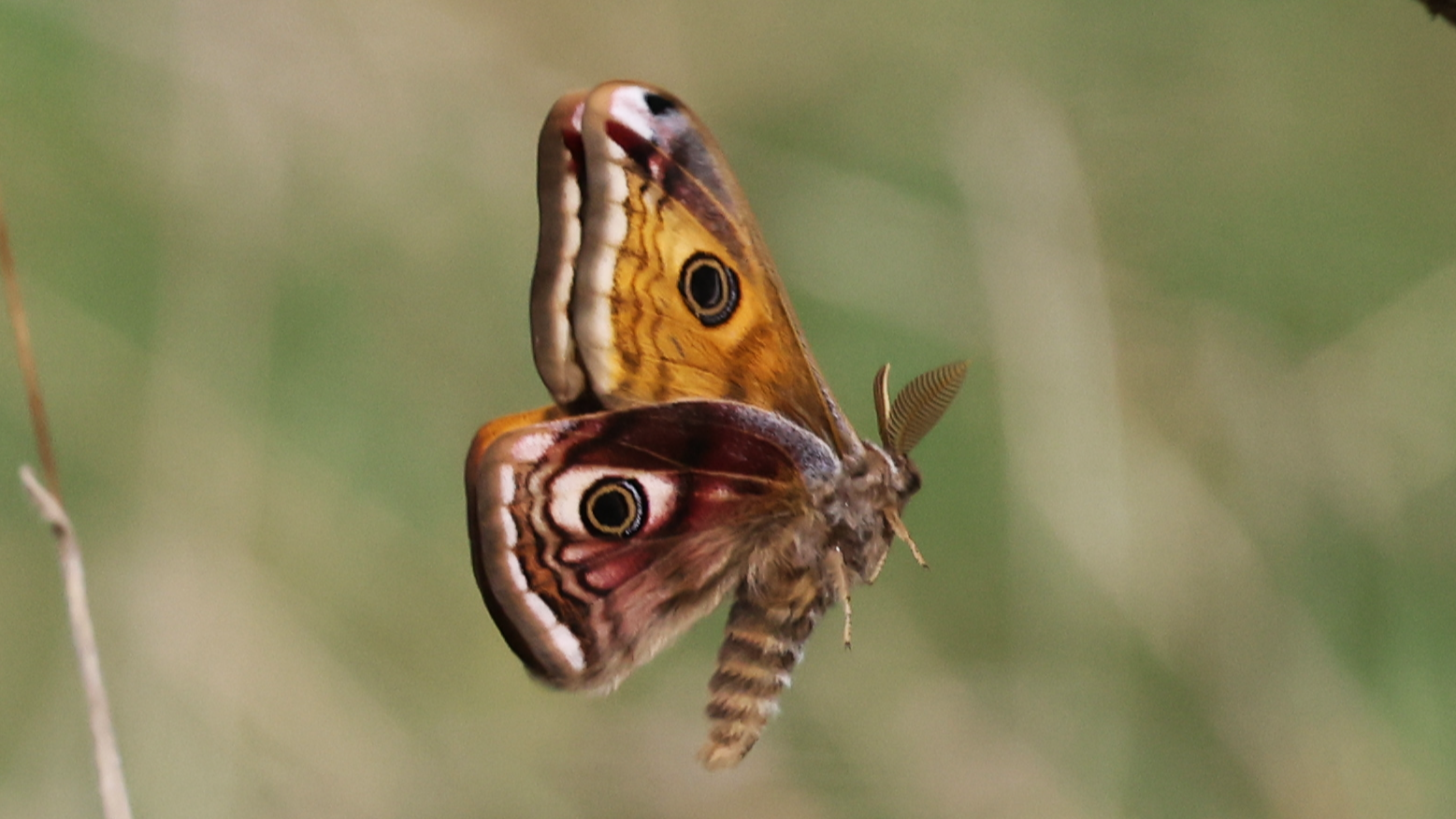

#
69.001
Lime Hawk-moth Mimas tiliae
The Lime Hawk-moth is a large distinctive green and pink moth, usually on the wing from May until July. There is also a common red-brown form with brick-red central markings (f. brunnea). Foodplants include lime, elm, birch and alder. Hawk-moths belong to the Family Sphingidae. They are distinctly coloured and the family includes the largest moths found in the United Kingdom. They are called Hawk-moths because of their fast manoeuvrable flight.
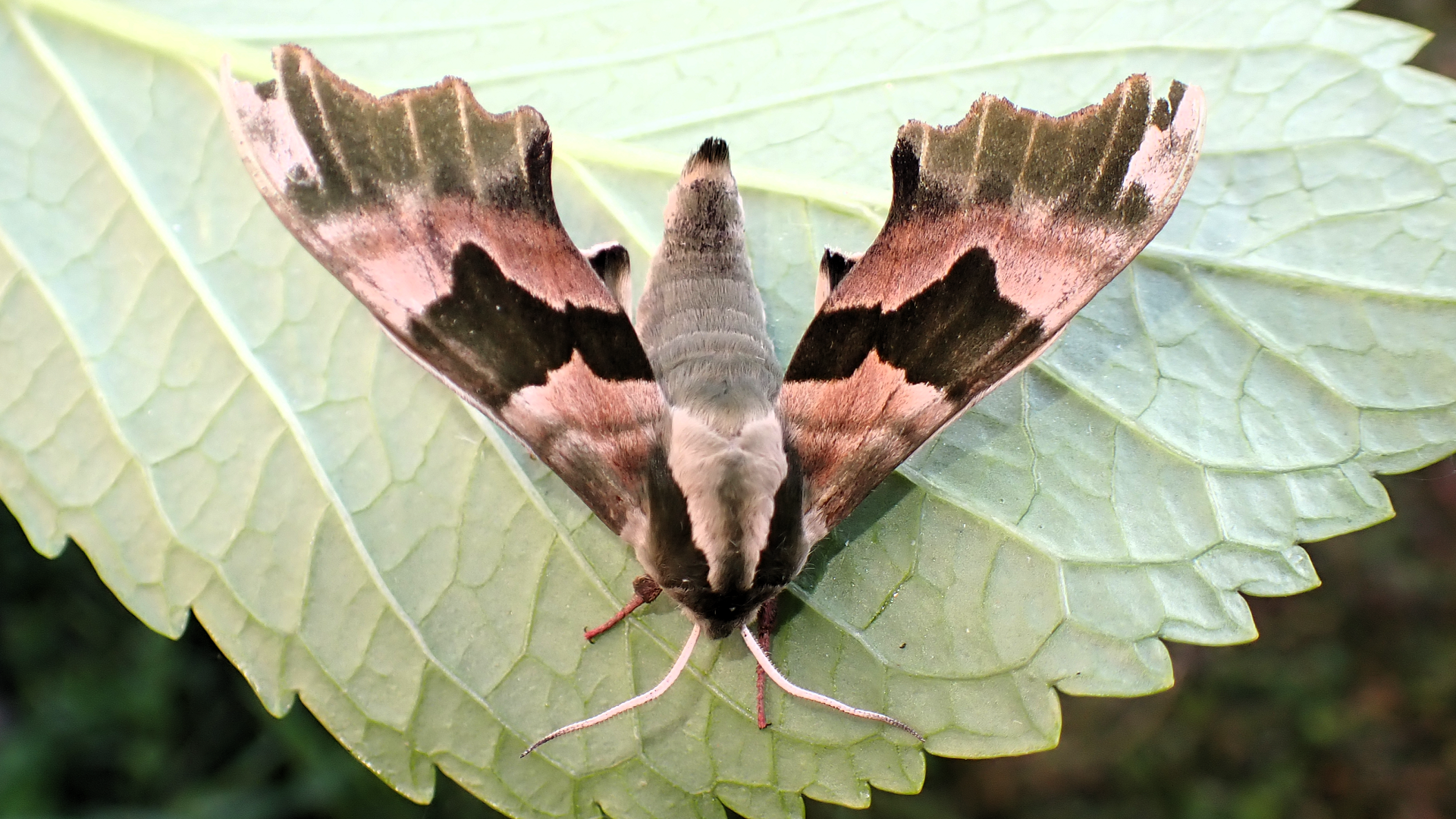
#
69.003
Poplar Hawk-moth Laothoe populi
The Poplar Hawk-moth has a wingspan measuring up to 9cm making it one of the largest moth species seen locally. Adults fly in daytime from May to July and are sometimes drawn to light at night. Its larvae feed on Poplar, Aspen and Sallow.
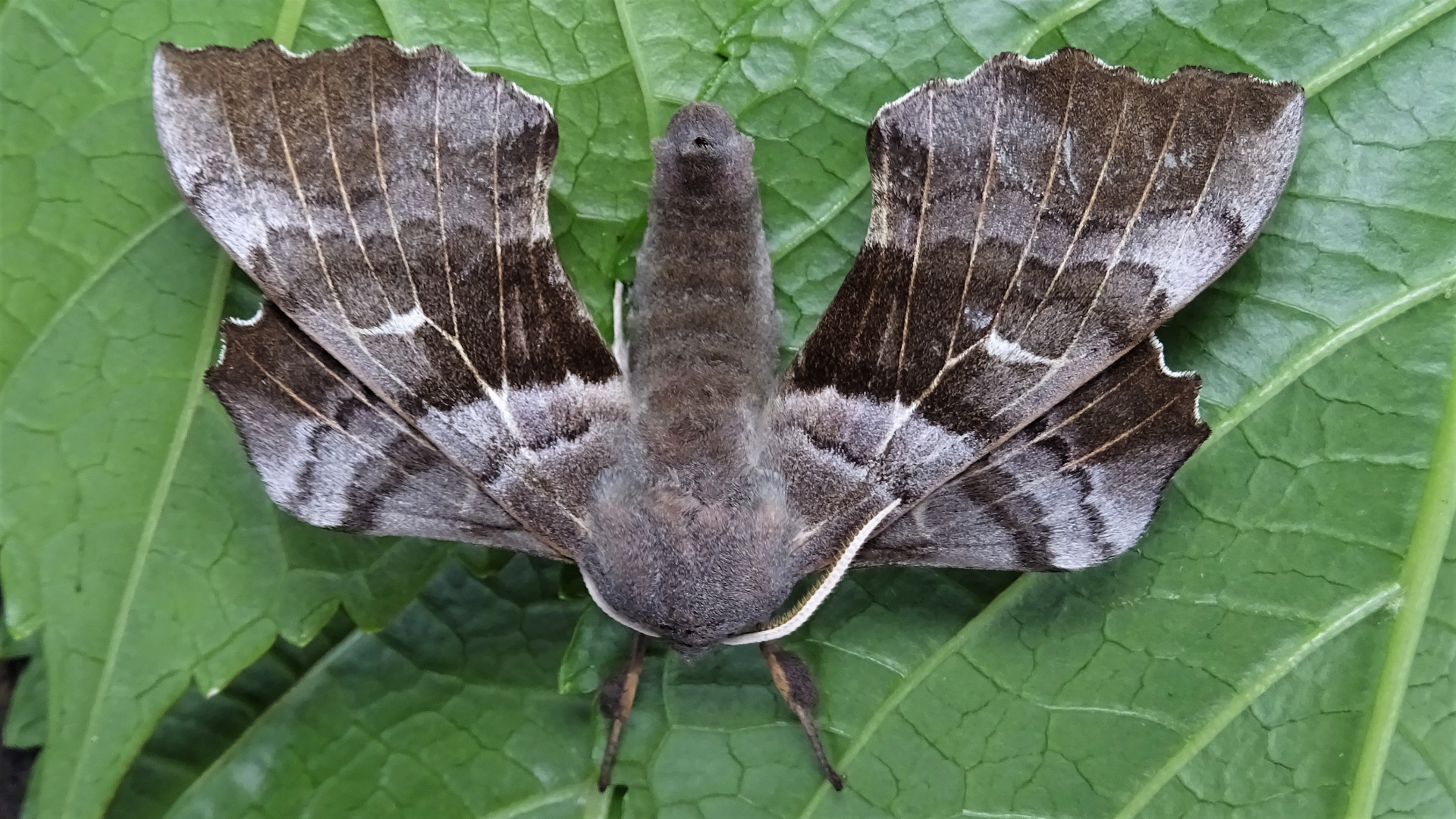
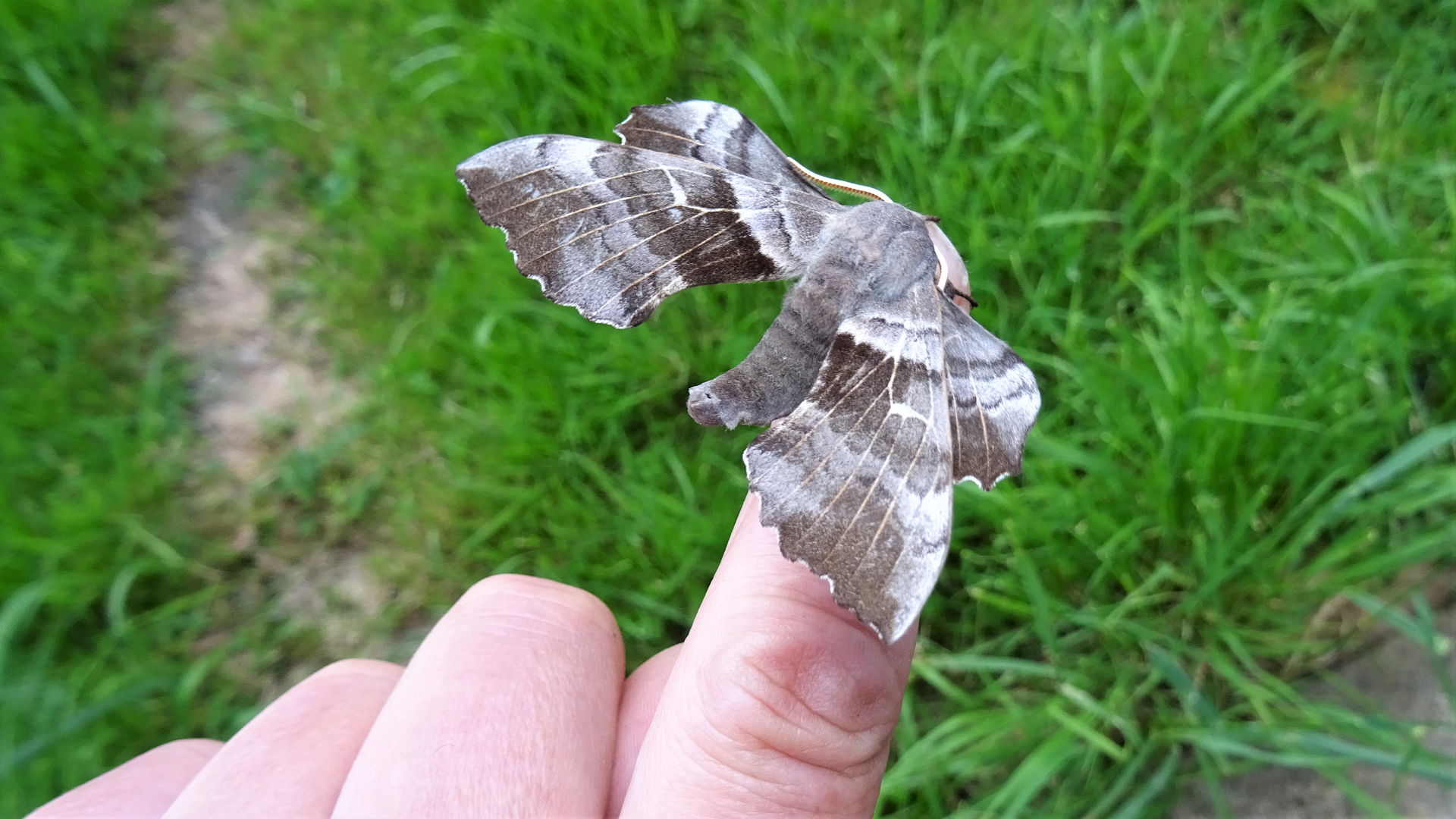
#
69.006
Privet Hawk-moth Sphinx ligustri
The Privet Hawk-moth has a wingspan up to 12cm making it the largest British resident hawk-moth. It flies in June and July. The huge green caterpillars usually seen in July and August feed on Privet, Ash, Lilac and Guelder-rose.
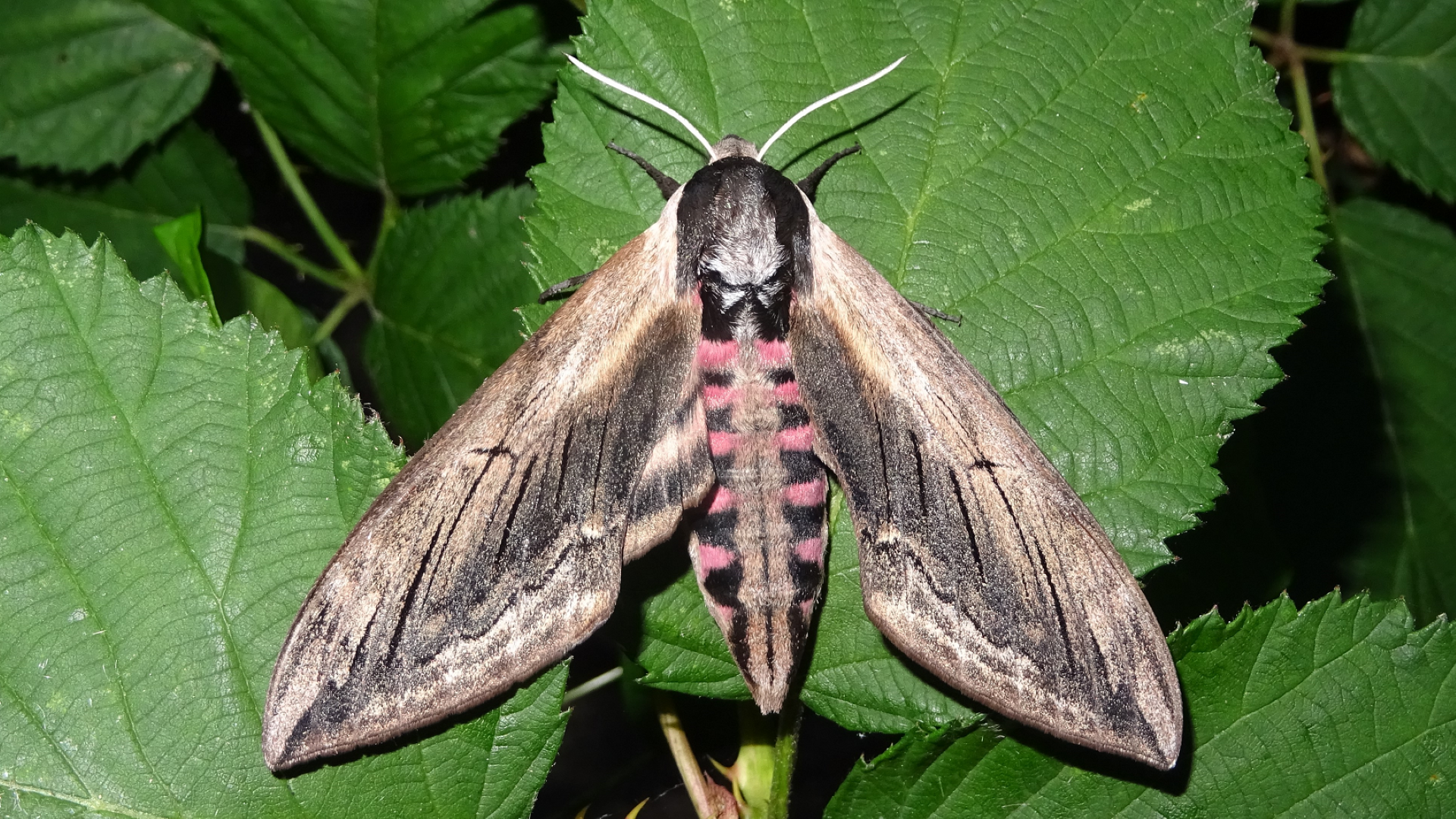
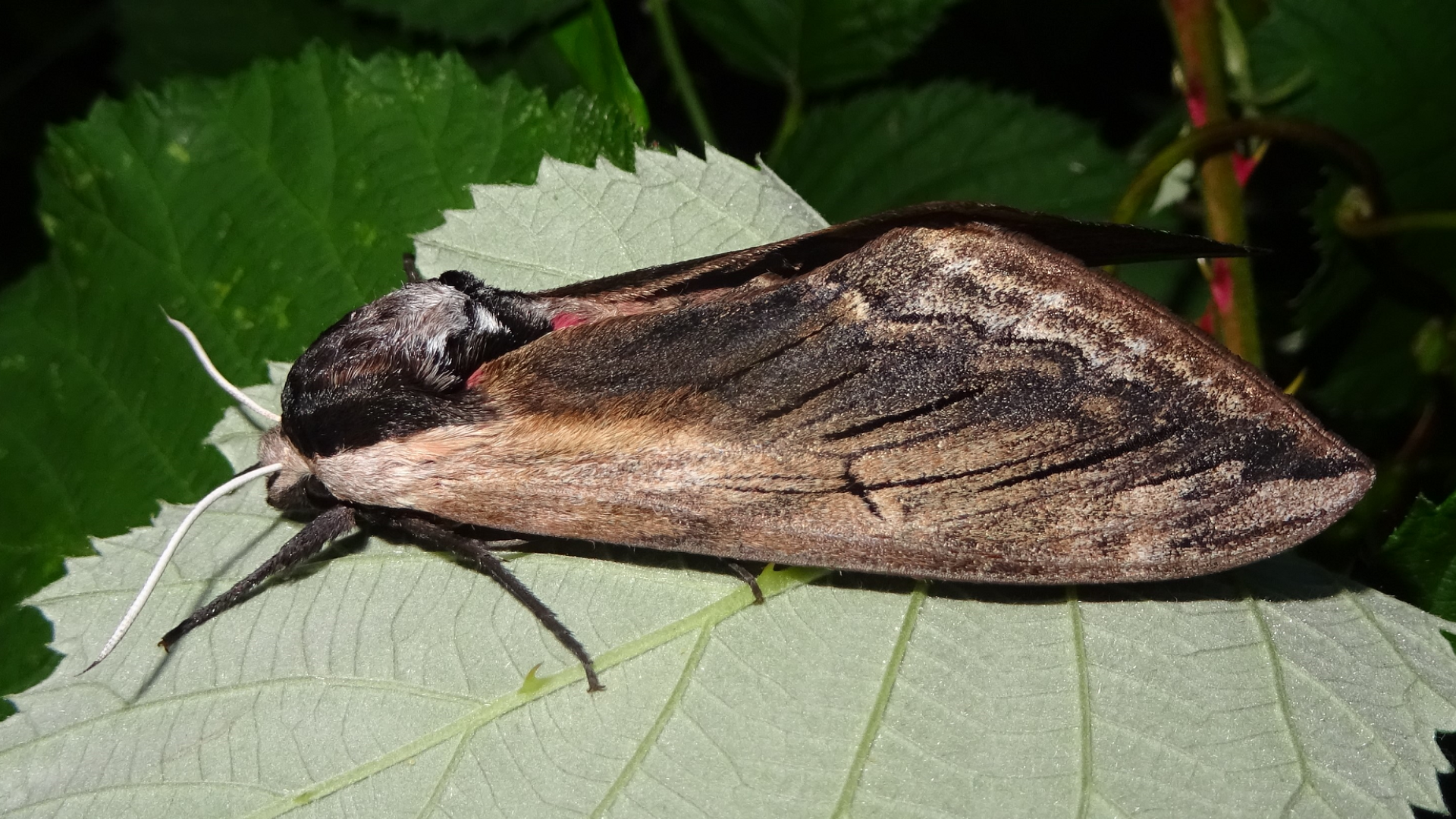
#
69.010
Hummingbird Hawk-moth Macroglossum stellatarum
Unlike most hawk-moths, this regular migrant is mainly a day-flying species usually seen visiting flowers on sunny days. Foodplants include Bedstraws and Wild Madder. The larvae are rarely found in Britain.
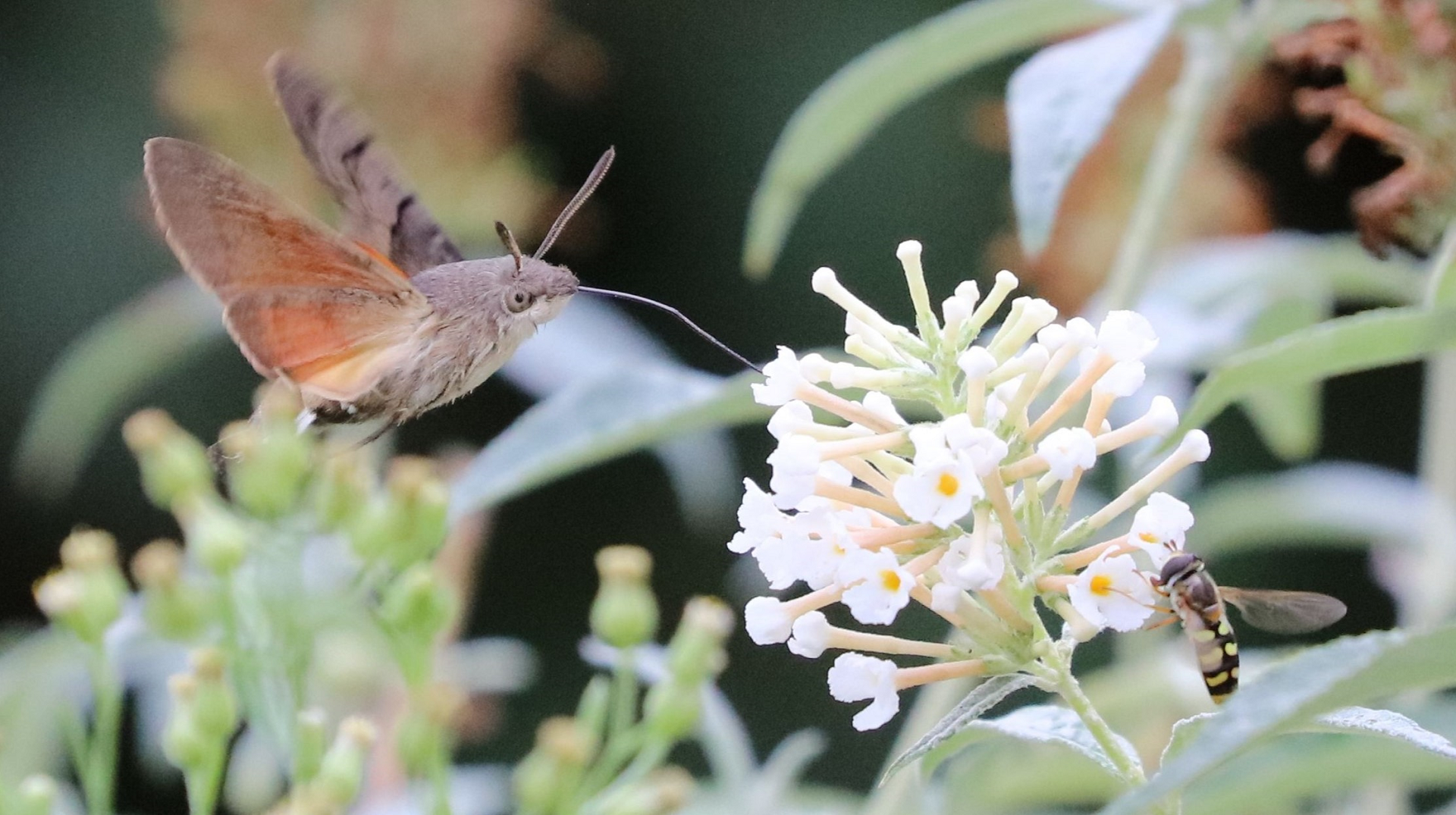
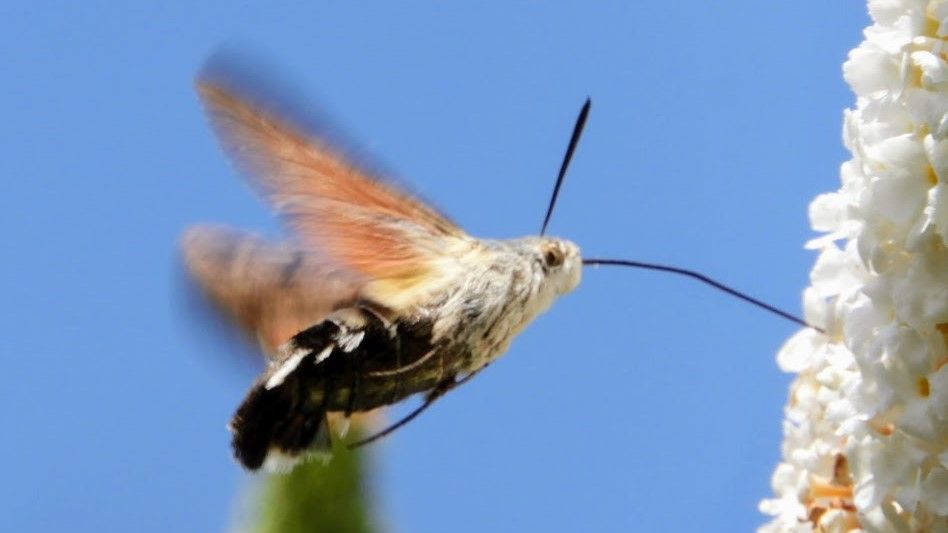
©Catherine Newbiggin
#
69.016
Elephant Hawk-moth Deilephila elpenor
These beautiful moths fly from May to August. The common name is a reference to its large caterpillars that are shaped like an elephant's trunk, are up to 7 cm long and have two large eye spots. The caterpillars hide among leaves during the day and feed at night. Larval foodplants include willowherbs, bedstraws and fuschia.
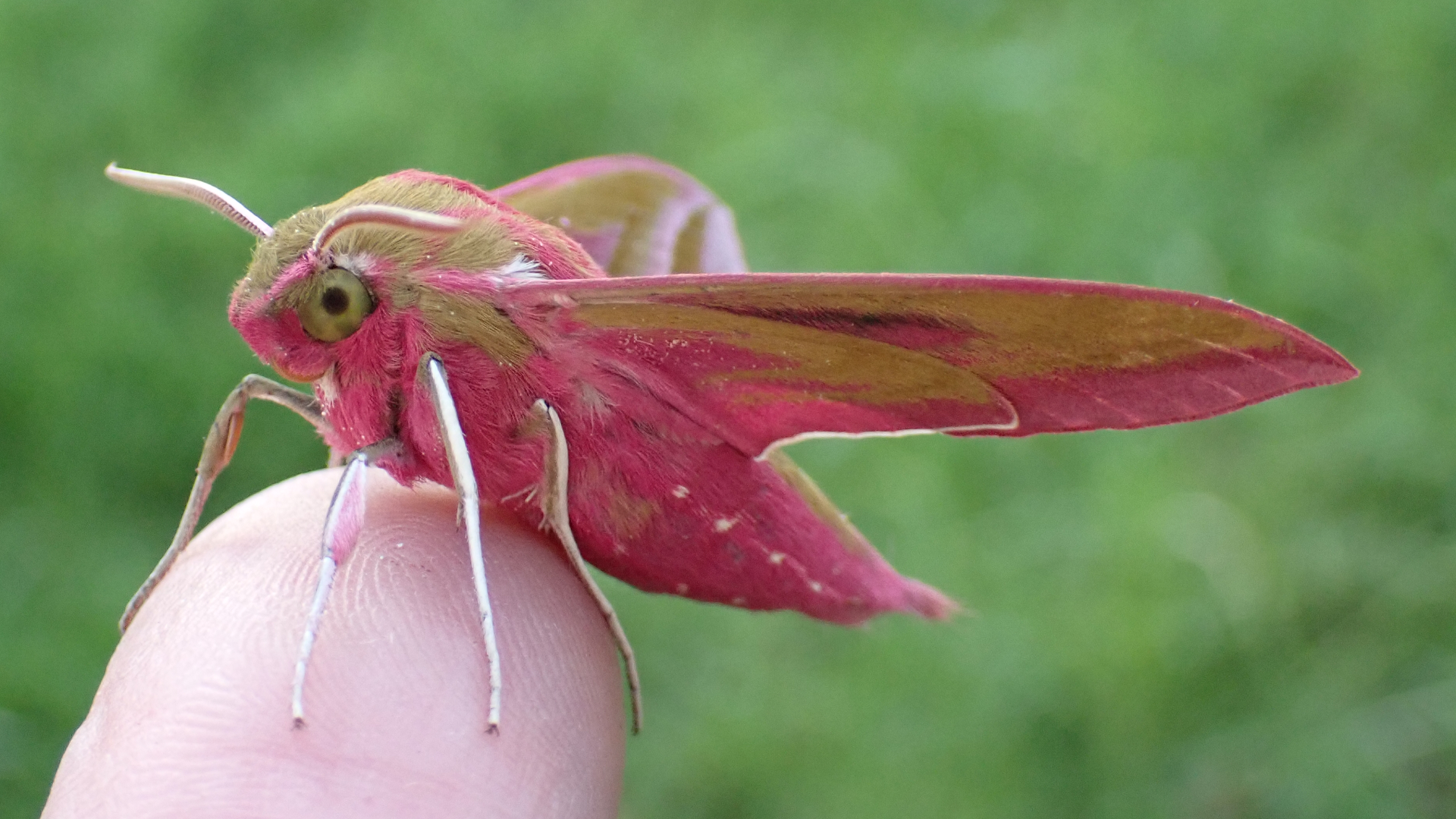
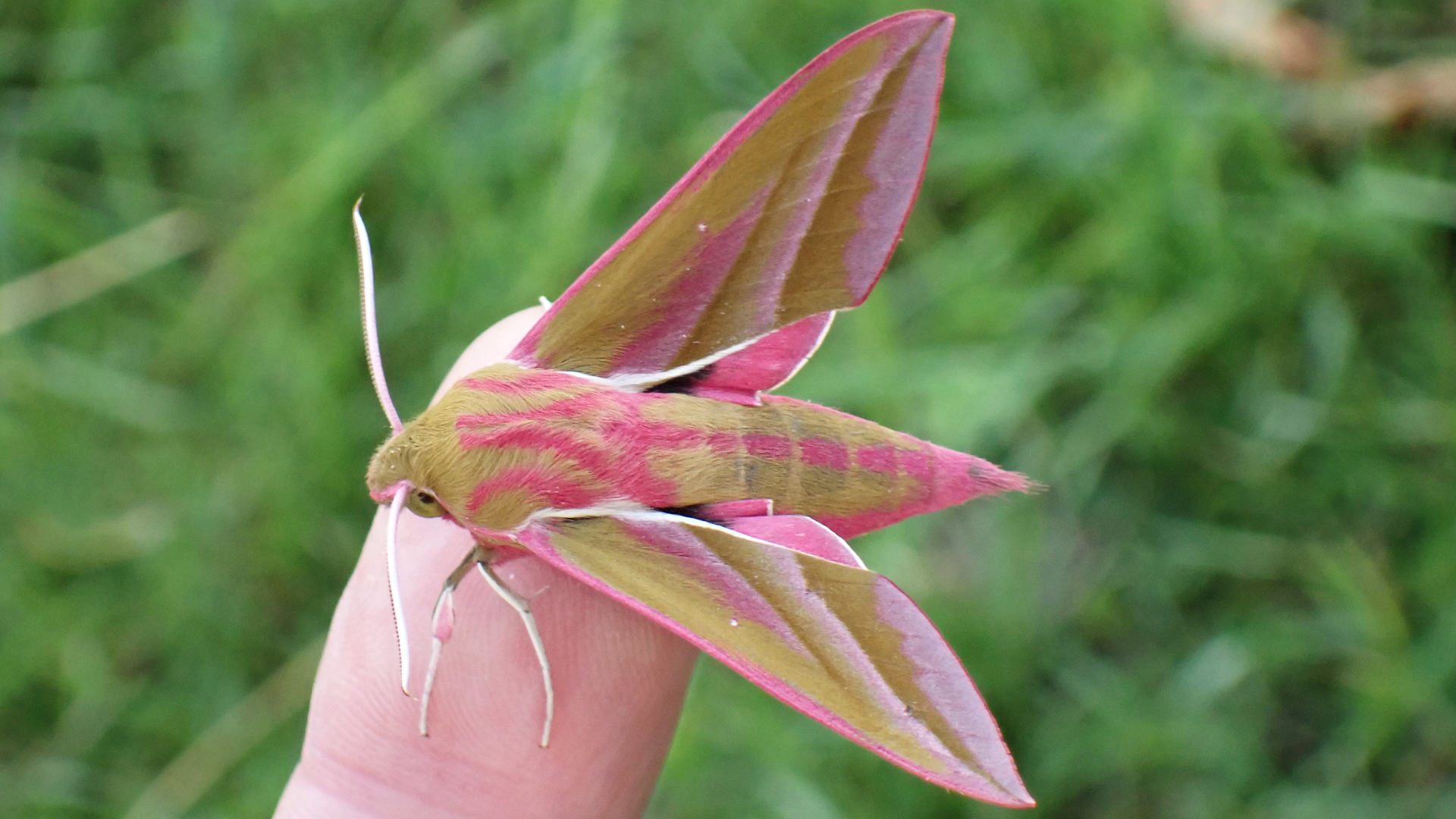
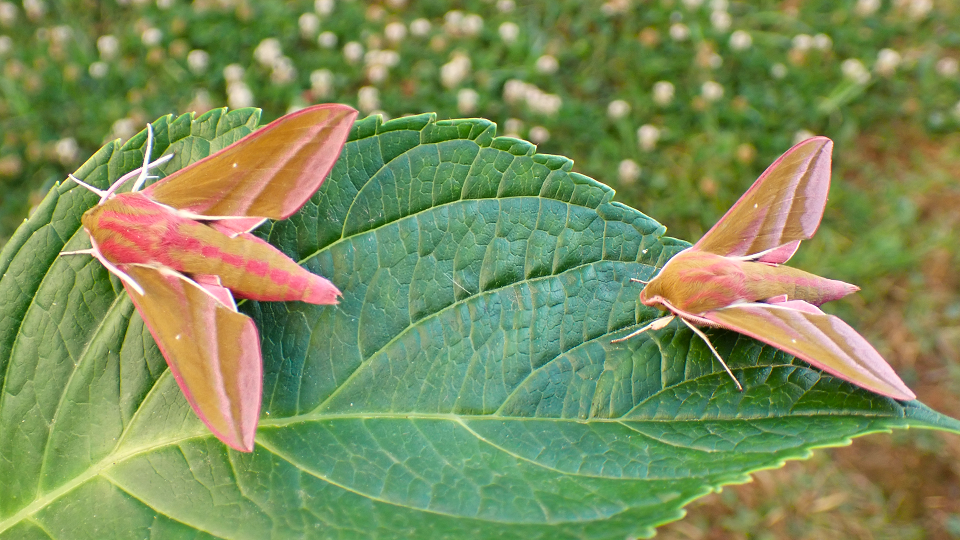
#
© hainaultforest.net. All rights reserved.


